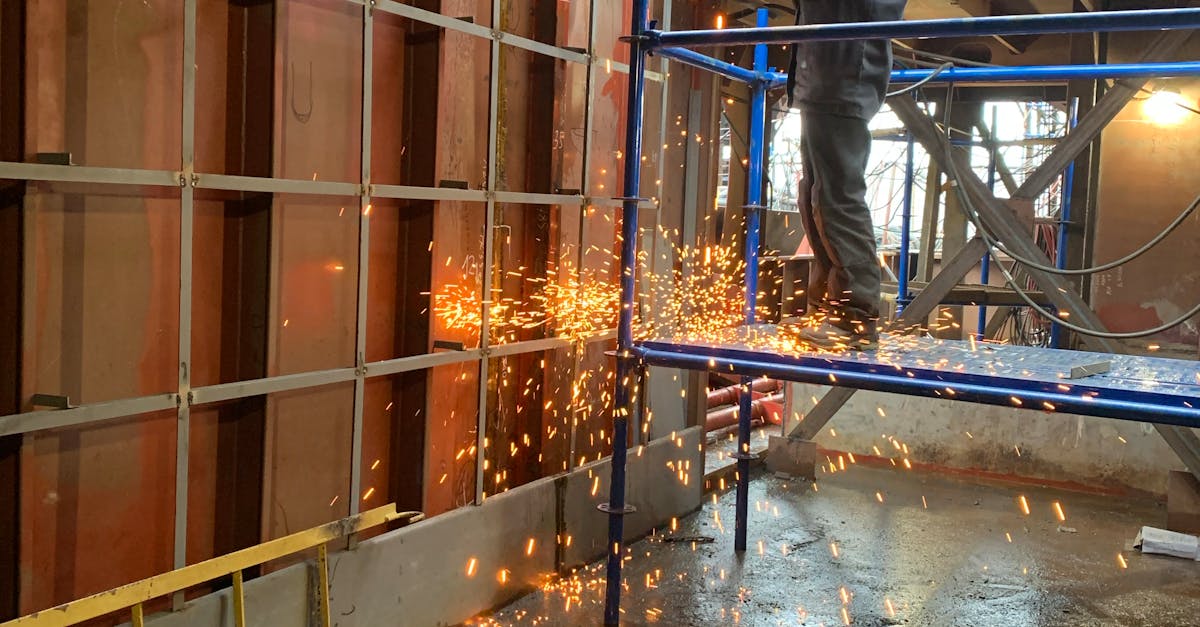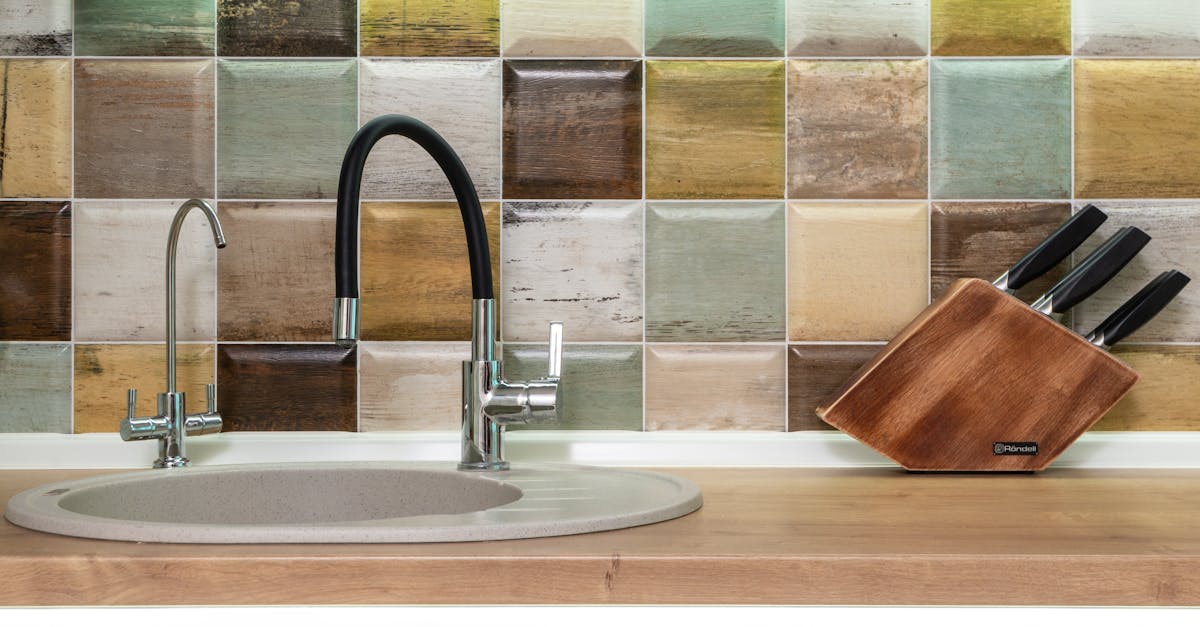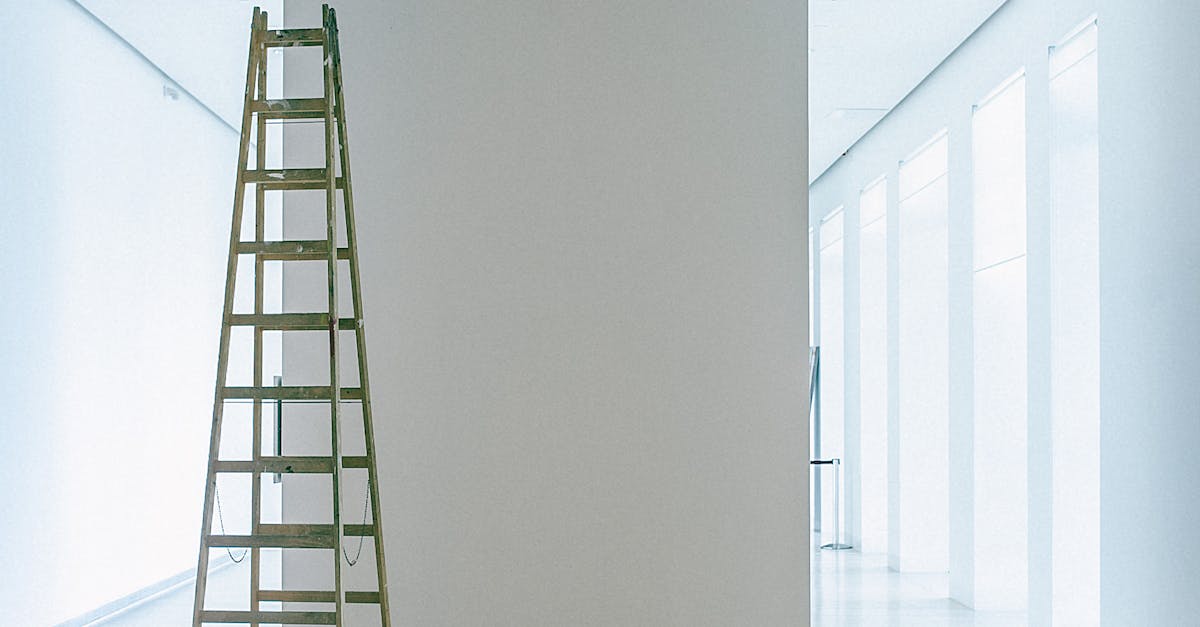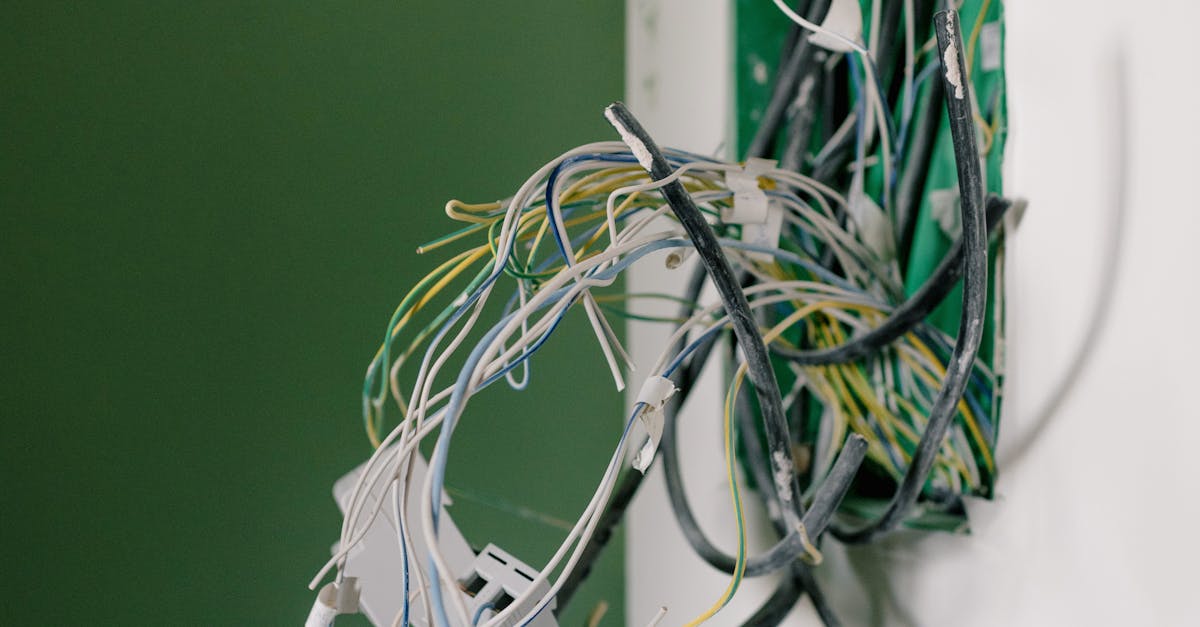
Table Of Contents
Drain Cleaning Methods
When facing a backed up sewer line, drain cleaning methods become essential to resolve the issue. One common method is utilising a plumbing snake to clear the blockage. A plumbing snake is a flexible auger that can penetrate the clog to restore the flow of the sewer line. This method proves especially effective for minor blockages caused by debris or buildup within the pipes. However, for more severe clogs or blockages further down the line, professional assistance may be necessary.
Another effective drain cleaning method is hydro-jetting, a process that utilises high-pressure water to dislodge stubborn obstructions in the sewer line. Hydro-jetting is a powerful solution for clearing out grease, sludge, tree roots, and other challenging blockages. It is a preferred method for sewer line installation and repair professionals due to its ability to thoroughly clean the pipes without causing damage.
Utilising Chemical Drain Cleaners Responsibly
When facing a backed-up sewer line, it may be tempting to reach for chemical drain cleaners as a quick fix. However, it is crucial to utilise these products responsibly to avoid causing further harm to your plumbing system. Firstly, always follow the manufacturer's instructions carefully when using chemical drain cleaners. Incorrect usage can lead to corrosive damage to your pipes, which could exacerbate the original issue. Additionally, bear in mind that excessive use of these cleaners can weaken the structural integrity of your sewer pipes over time, potentially leading to costly repairs or replacements.
Sewer line installation and repair experts recommend using chemical drain cleaners as a last resort, after exploring other less abrasive methods of unclogging your pipes. Prioritise natural or mechanical solutions, such as plungers or drain snakes, before resorting to chemical products. By adopting a cautious and strategic approach to handling your plumbing concerns, you can prevent unnecessary damage and extend the lifespan of your sewer system.
Inspecting Sewer Pipes
Inspecting Sewer Pipes
Proper inspection of sewer pipes is imperative to diagnose any underlying issues that may be causing a backup. Sewer line installation and repair experts often use advanced techniques such as camera inspections to provide a comprehensive evaluation of the pipes. By inserting a high-resolution camera into the sewer line, professionals can identify blockages, cracks, root intrusions, or any other damage that may be affecting the system.
Through the use of camera inspections, professionals can accurately pinpoint the location and extent of the problem within the sewer pipes. This method allows for a more targeted and efficient approach to resolving issues, whether it involves cleaning out debris, repairing cracks, or conducting a complete sewer line replacement. Sewer line installation and repair specialists recommend regular inspections to catch any potential problems early on and prevent costly repairs in the future.
Conducting Camera Inspections for Comprehensive Evaluation
Camera inspections are a crucial aspect of evaluating sewer line conditions thoroughly. By utilising specialised cameras, plumbers can gain a comprehensive understanding of the state of the pipes. The footage obtained from these inspections allows experts to identify blockages, cracks, bellies, root intrusions, and other potential issues within the sewer system. This method provides a high level of accuracy, enabling precise diagnosis and targeted repair.
Sewer line installation and repair benefit significantly from camera inspections due to the detailed insight they offer. With this technology, plumbers can map out the exact location and extent of damage, ensuring that the necessary repairs are carried out effectively. By pinpointing problem areas upfront, homeowners can avoid unnecessary excavation and reduce overall repair costs. Ultimately, conducting camera inspections is an essential step in maintaining a functional sewer system and ensuring the longevity of the piping infrastructure.
Repairing Damaged Lines
Repairing damaged lines is a crucial step in ensuring the proper functioning of a sewer system. Sewer line installation and repair require careful attention to detail to address any cracks, breaks, or corrosion that may hinder the flow of wastewater. One common method for fixing cracked or broken sewer pipes is trenchless pipe lining, where a new lining is installed inside the existing pipe to seal any leaks and restore the structural integrity of the line.
Alternatively, sewer line repair can also involve traditional methods such as excavation to access the damaged section of the pipe. This approach allows for the removal and replacement of the affected pipe, ensuring a long-lasting solution to the issue at hand. It is essential to work with experienced professionals to assess the extent of the damage and determine the most appropriate repair method for effectively restoring the sewer line to optimal functionality.
Methods for Fixing Cracked or Broken Sewer Pipes
Sewer line installation and repair require accurate detection and swift action when cracks or breaks occur. Trenchless pipe lining is a popular method used to fix damaged sewer pipes without the need for extensive excavation. This technique involves inserting a resin-saturated liner into the existing pipe, which adheres to the interior, effectively sealing off any cracks or breaks. Once cured, the new lining creates a smooth and durable surface within the pipe, restoring its functionality and preventing future issues.
In cases where the sewer pipe is severely damaged and trenchless repair is not feasible, traditional pipe replacement may be necessary. This process involves excavating the old pipe and installing a new one in its place. While this method is more invasive and time-consuming, it is sometimes the only solution for extensively damaged sewer lines. Undertaking these repair methods promptly ensures the proper functioning of the sewer system and helps prevent further damage to the property.
FAQS
What are some common signs of a backed up sewer line?
Common signs of a backed up sewer line include slow drainage, gurgling sounds coming from drains, foul odours, and sewage backup in toilets or sinks.
Can I use chemical drain cleaners to fix a backed up sewer line?
It is not recommended to use chemical drain cleaners to fix a backed up sewer line as they can cause damage to the pipes and harm the environment. It is best to use professional drain cleaning methods.
How can I inspect my sewer pipes for blockages?
You can inspect your sewer pipes for blockages by conducting a camera inspection. This involves inserting a camera into the pipes to identify the location and extent of the blockage.
What are the methods for fixing cracked or broken sewer pipes?
Methods for fixing cracked or broken sewer pipes include trenchless pipe lining, pipe bursting, and traditional pipe replacement. The best method will depend on the extent of the damage and the condition of the pipes.
How can I prevent future sewer line backups?
To prevent future sewer line backups, it is important to avoid flushing non-biodegradable items down the toilet, regularly maintain your plumbing system, and be mindful of what goes down the drains. Regular inspections and maintenance can help detect and address issues before they lead to a backup.


